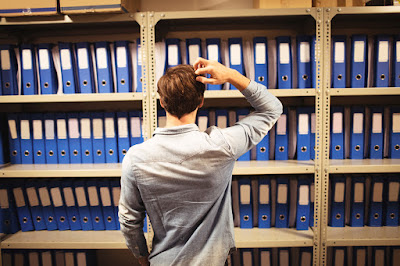The process of document scanning service has undergone significant advancements with the introduction of new technologies. The following outlines the steps involved in a modern document scanning process using the latest technologies.
Preparation: The first step is to prepare the documents for scanning and digitization. This includes sorting, organizing, and removing any staples, paper clips, or other bindings that might obstruct the scanning process.
Document Scanning Services: Next, the documents are scanned using a high-speed, high-resolution scanner. The scanner captures an electronic image of each document, which is then stored on a computer or in the cloud and also use latest document digitization software for better image quality
Image Enhancement: The scanned images can be further enhanced using software that automatically adjusts the brightness, contrast, and resolution of the image. This ensures that the images are of the highest quality possible.
Optical Character Recognition (OCR): OCR software can be used to convert the scanned images into text-searchable files. This allows the user to search for specific words or phrases within the document, making it easier to find what they are looking for.
Indexing: The next step is to index the scanned documents. Indexing involves assigning metadata to each document, such as the document's author, date, and subject. This information can then be used to search and organize the documents.
Backup and Storage: The final step is to back up and store the scanned documents. This can be done by saving the files on a local computer or in the cloud. By storing the documents electronically, they can be accessed from anywhere, and it eliminates the need for physical storage space.
Security: Security is a crucial aspect of the document scanning process. The scanned documents can be encrypted and password-protected to prevent unauthorized access. In addition, the use of cloud storage solutions provides an additional layer of security as the data is stored on secure servers that are protected by firewalls and other security measures.
In conclusion, the document scanning process has evolved significantly with the introduction of new technologies. From high-speed scanning to OCR and indexing, these advancements have made the process faster, more accurate, and more efficient. With the ability to store the scanned documents electronically, users can access their important information from anywhere and at any time, while ensuring that their data is secure and protected.


.jpg)



No comments:
Post a Comment